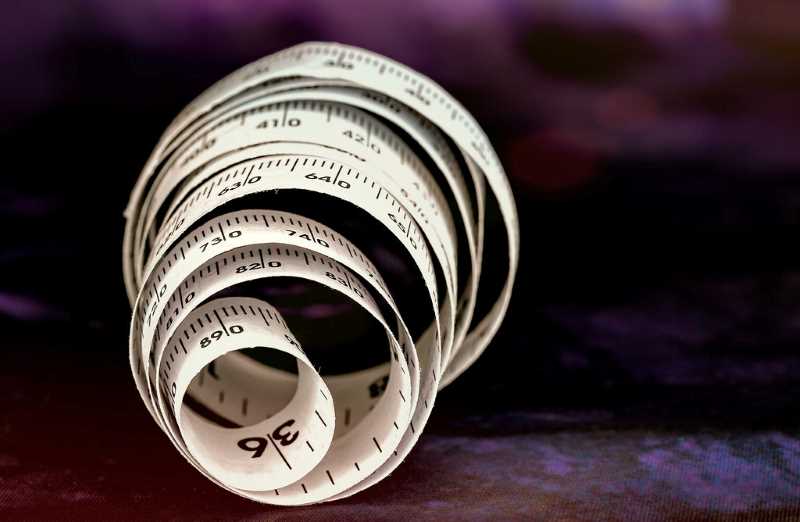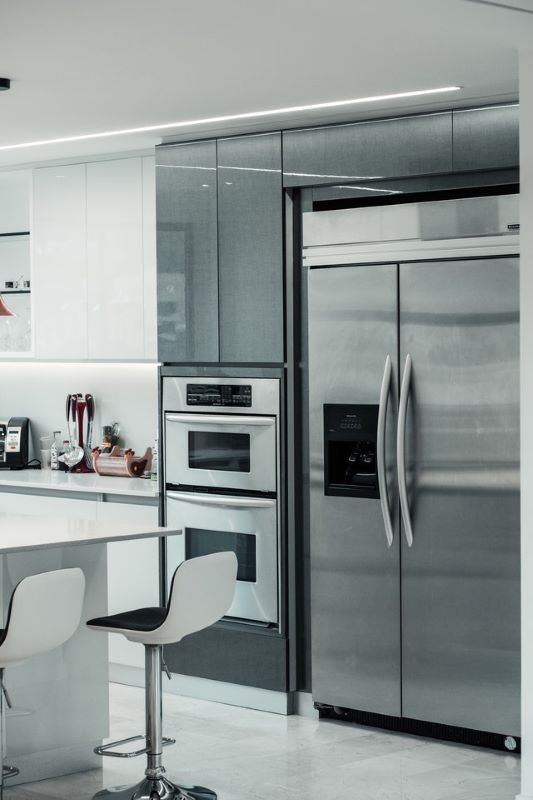5 Eco-Friendly Ways To Upgrade Your Home
Interior Design & Decor5 minutes read
3619 views
3619 views
(Guest Writer: Katherine Rundell)
As a homeowner, the value of your property will have a huge effect on your life when it comes time to sell. That means that home improvements are an economic imperative, and something that should always be on your mind. If you’re environmentally conscious, often these two concerns can appear to compete as home improvements naturally use resources and generate waste.
However, there are many home improvements that will actually protect the environment in the long run. Turning your home into an energy-efficient haven and choosing the right contractor to do your work is essential for the eco-friendly home improver!
1. Measure Twice, Cut Once, (Waste Nothing)
Measure twice, cut once was a phrase my father always used to say to me to ensure we didn’t slip up and start again. Back then he was focussed on saving time, but this is a handy aphorism that helps us save natural resources as well.
Ordering more materials than you’re going to use, generating cut-offs that end up in the tip, will cost you money as well as creating extra waste that damages the environment.
At the start of any DIY project, take time in the planning phase to calculate exactly what materials you’re going to need to you can order them sparingly. You may even want a detailed plan before you do anything practical. When it comes time to get to work you’ll be able to be efficient and eco-friendly.

Image © Docoverachiever via Flickr
2. Redo Your Bathroom
Often the bathroom is the last place that you get around to renovating. This is understandable as people get excited about updating the spaces in which they spend the most time. However, the bathroom is a hotspot for environmentally unsound practices so if you’re looking to give your home an eco-boost, the bathroom is a great place to start.
You can reduce your environmental footprint by introducing low-flow fixtures that save water whilst getting the most out of your pressure for a shower with the best feeling. The bathroom is also the perfect place to experiment with a dimmer switch on your lighting, saving electricity and setting the mood at the same time.

Image © mrbill via Flickr
3. Recycle Or Up-Cycle
Rather than contributing to the ever-increasing amount of stuff in the world, consider upcycling old furniture rather than buying new. The temptation of a new couch can be hard to resist, but the charm of an upcycled piece often outlasts something shop-bought and shiny new.
“Vintage furniture can often take on a new look with a simple lick of paint,” says Sharon Macaphee, design blogger at Academized, “and these pre-loved items can show your creative touch in your own space.” As well as this, second-hand furniture often comes at a fraction of the price: save your wallet and the planet in one fell swoop.

Image © Karolina Grabowska via Pexels
4. Budget For Responsible Building
Construction and other big projects hit the environment hard when builders and contractors take shortcuts to save cash. If you’re concerned about the environment, you need to be prepared to do things properly.
That means that standards of building control and environmental measures all need to be met. An energy-saving home will save you money in the long run, so budgeting carefully at the start of a project is worth it.
Thinking about the disposal of waste generated by a project is essential too. Find out how your contractors dispose of their junk, and whether everything ends up in a landfill or if it’s separated for recycling. Different companies can have radically different practices of environmental control.

Image © Breakingpic via Pexels
5. Upgrade Your Appliances
Energy-saving technology in household appliances has come a long way in recent years. That means that there’s a good chance that your dryer or refrigerator is wasting energy and costing the environment gravely.
Upgrade your white goods and shop around for those that come with the gold star of energy efficiency. Dishwashers and washing machines waste an enormous amount of water each year, yet high-efficiency washers are on the market and doing the job with a fraction of the water usage.
By planning your projects carefully, saving energy and considering waste disposal at the end of a job you can take on home improvements in any eco-friendly way. Home improvements take work but they can be enormously satisfying at the end of a big job. Adding to that satisfaction will be the knowledge that you’ve made environmentally friendly choices.

Image © Cleyder Duque via Pexels
Request for quotes and we'll match you with a selection of Interior Designers!
Previous
GRANDMILLENNIAL STYLE: MODERN WITH RETRO. A FIGHT BACK TO SIMPLICITY


 Sign Up with Google
Sign Up with Google

.jpg)

